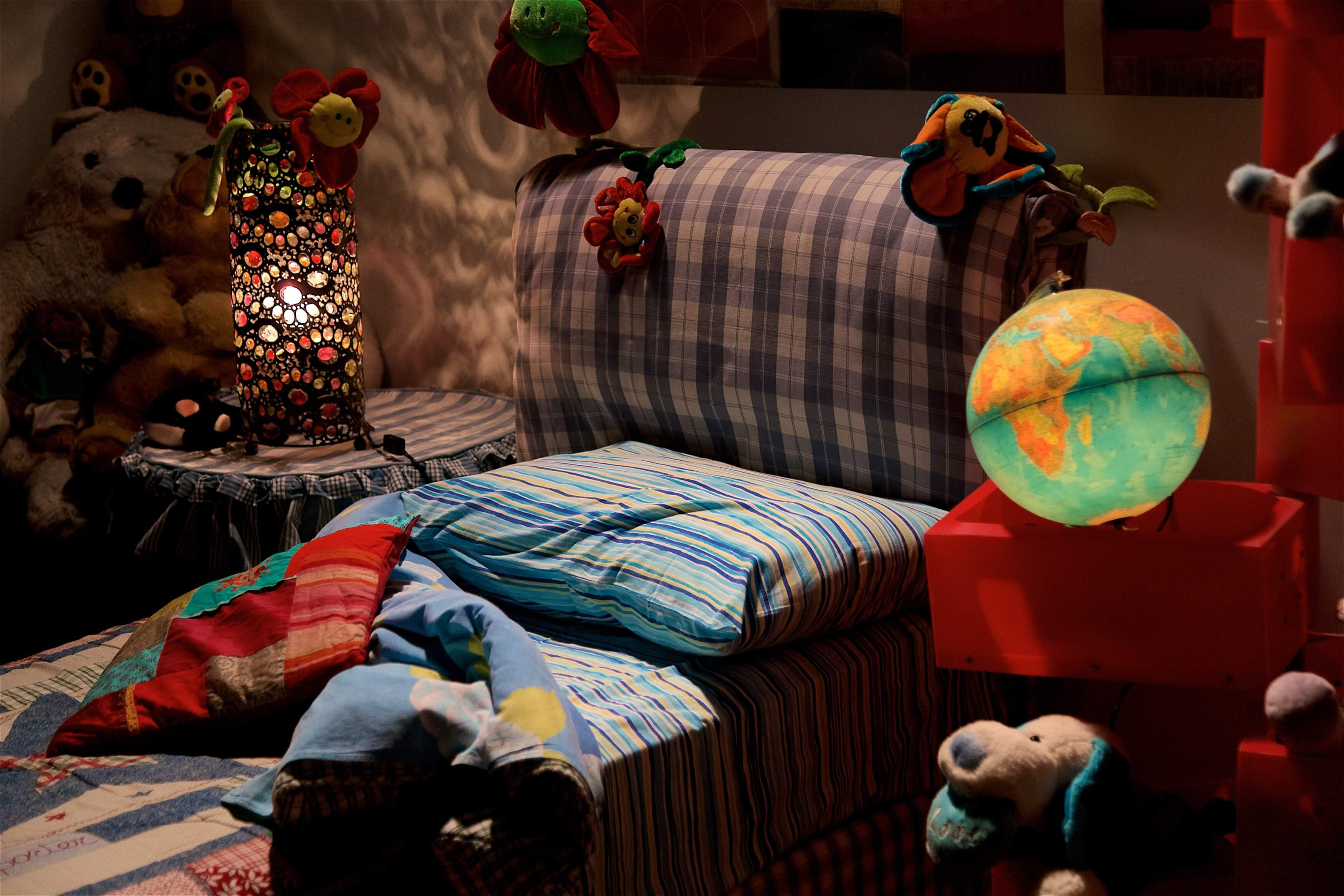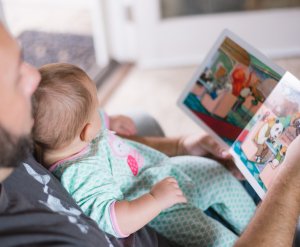In Star Light, Star Bright, Please Go to Bed Without a Fight, we saw how bedtime can be a challenge for anxious children. Let’s now dive into the key ingredients for creating the perfect recipe for your child’s bedtime routine.
Consistency
One of the most important components of a bedtime routine is a consistent, predictable, recurring routine. Our brains love patterns. It makes it easy for our brain to determine what is happening, what should happen next, and what’s the optimal way to respond. When we create a nightly pattern for children, we are telling their little, powerful brains exactly when they should fall asleep. The brain is saying, this is the 693rd time, we have walked up the stairs, taken a bath, listened to a song, and talked about my favorite Pokemon character. I know what comes next. Zzzzzz

Finally, consistency teaches children how to self-soothe when they are agitated, anxious, or upset. Repetition that creates physical calm, teaches children the activities and behaviors that relax their bodies. This builds their (and your) confidence in their ability to drift off to sleep.
Present-mindedness
By bedtime, it may be a miracle that you accomplished the tasks that needed to get done. There are probably 8 to 100 more things you are hoping to squeeze into the few hours the children are asleep. Moreover, you might be at the end of your rope by bedtime. With all that happening in your head, it might be a monumental task to be present-minded with your child at bedtime. By present-minded I mean mentally and emotionally available and there with your child. During the nighttime story, the two of you are in Little Red Riding Hood’s forest together running away from the wolf. You are feeling her sadness about the friend who brushed her off to sit with someone else AND able to sit with how much that sucked. That connectedness can amplify that sense of safety, security, and familiarity that will carry them to dreamland.
Here are ideas of what you can include in your bedtime routine.
Pick a few activities. Try them out for a month. Then tweak as necessary.
1. The Basics
Take a warm bath or shower, brush your teeth, and have a sip of water.
2. Spend time talking
The dimmed lighting can create a great space to talk about the good, the bad, and the worrisome. You don’t have the intensity of direct eye contact. This can be a time to talk about fears, concerns, and problems that tend to surface in the silence of the night.
3. Write down their worries
Getting their worries out on paper can be helpful to children because they are no longer internalizing them. This is an opportunity for you to empathize with your child’s worries and ensure that you’re there to help them.
4. Read a book (empowerment)
Try reading the book The Rabbit Who Wants to Fall Asleep by Carl-Johan Forssén Ehrlin. This story was written by a behavioral scientist in which relaxation techniques are incorporated into the story.
5. Do Yoga
Children’s yoga can help them get in touch with calming their bodies and being connected with their physical selves. Try Good Night Yoga: A Pose-by-Pose Bedtime Story by Mariam Gates
6. Listen to Music
Slow music not only helps adults fall asleep but children as well. Music containing 60 beats per minute can help lull a child to sleep.
7. Send Bad Thoughts and Dreams to a Dreamcatcher
Explain the purpose of the dreamcatcher is to catch all the bad dreams. It can protect them from whatever they find frightening about sleep
8. Snuggle with a body pillow / transitional object
A body pillow or transitional object, such as a teddy bear, might help your child because it can mimic cuddling up to a parent. It can also create a more comfortable position for the child to sleep. Many body pillows support the head and neck, allowing the child to be comfortable enough to sleep and stay asleep throughout the night.
9. Practice relaxation skills or mediate together
Try listening to the audio on a YouTube kids mediation video.
- Sleepy Starry Sky
- Bed in the Clouds: If you do not have time for your child to listen to the entire video, listen up until 11:10
10. Create a behavior chart/reward system
Create a chart with 3-4 specific things your child needs to do before bed. Include your child in bed by a certain time. Give them a star whenever they accomplish the task. Celebrate once they have collected a certain number of stars. Create challenges to motivate them to get a larger number of stars in a shorter period of time. Celebrations can include having an extra snack, staying up 10 minutes later, playing with a toy at dinner, etc.
11. Cuddling
Giving bedtime hugs and kisses lets your children know that they are loved and safe.
Start Child Counseling in Branchburg, NJ
Consistency is important for your child, especially around bedtime because children function more effectively with a routine. It is also beneficial for you to remain present-minded with your child before bed, no matter how difficult that is for you. When your child feels connected, they gain a sense of safety and security, allowing them to sleep more peacefully. Are you struggling with bedtime drama? Let our team help. You can start your therapy journey with Brave Minds Psychological Services by following these simple steps:
- Contact us for a free phone consultation.
- Learn more about our Child Therapy Services
- Start creating a more restful environment today!
Other Services Offered by Brave Minds Psychological Services
Brave Minds Psychological Services helps children, teens, and families overcome severe anxiety, stress, and painful experiences. We specialize in developing brave-minded youth who can move forward despite fears and significant challenges. But, child counseling isn’t the only service we offer. We also offer anxiety treatment for children and child sexual abuse therapy. Additionally, we have therapists who specialize in offering therapy for teens, including counseling for teens with anxiety and social phobia treatment for teens.
Additionally, we offer a wide range of mental health services for adults including anxiety treatment, couples therapy/marriage counseling, counseling for postpartum depression, OCD treatment, bereavement counseling, and food allergy therapy. We also have specialized trauma therapy and PTSD treatment. This includes counseling for birth trauma, pregnancy loss and miscarriage, equestrian trauma, and sexual assault counseling for adults.




